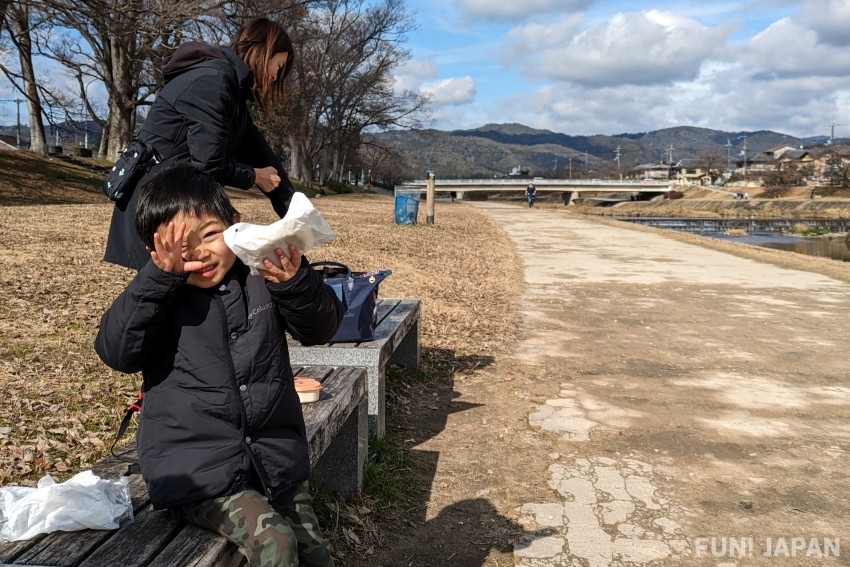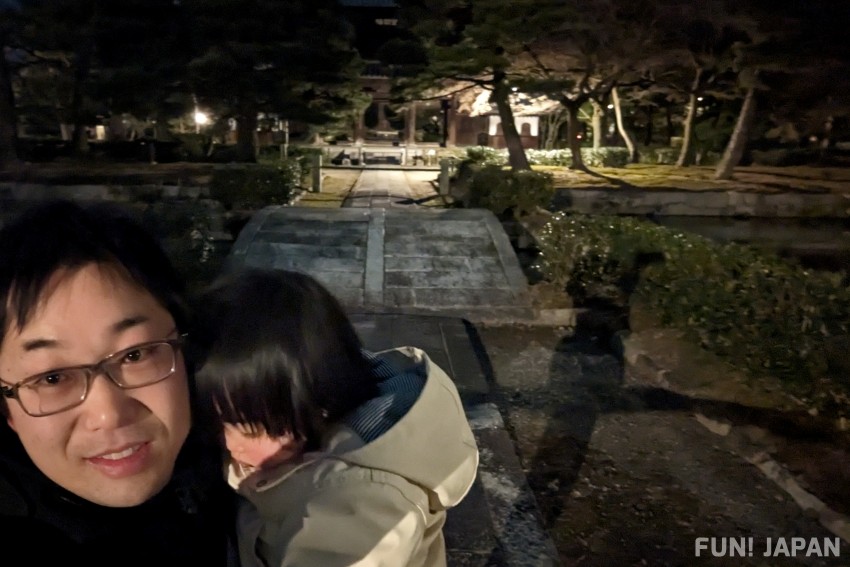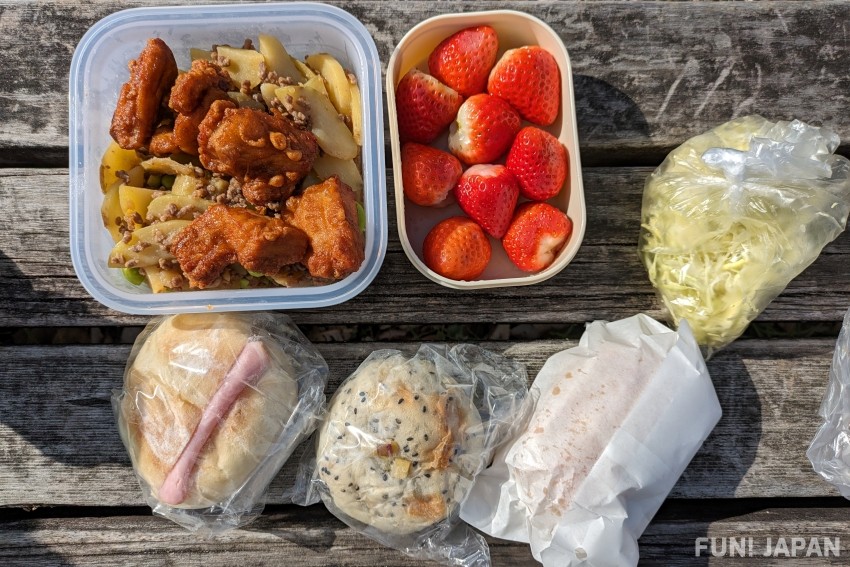
Kyoto, where you can experience Japanese culture. For foreigners who love Japan, the buildings such as temples and shrines, and even the cityscape itself, may give a strong impression of being "traditional" that has been passed down from ancient times.
However, surprisingly, Kyoto is also known for having the "highest coffee consumption in Japan", showing that Western cultural habits are also deeply rooted.
This time, we asked Mr. Kuge from JTB Kyoto branch, a travel agency that grew up in Kyoto, about the unknown culture of Kyoto that values tradition while incorporating new things, and recommended spots that can only be conveyed because they grew up locally.
Perhaps, you might be able to touch the charm of Kyoto that is a bit different from before.
A hidden gem recommended by Kyoto locals! This is where Mr. Kuge's youth memories are!

Mr. Kuge, who was born and raised in Kyoto, lived in Kyoto until he went to university. He specially told us about his youthful memories of life in the ancient city of a thousand years and his recommended spots.
"I attended a private school from kindergarten and lived in the eastern area. Among the many tourist spots, my favorite is a temple called Kennin-ji. The temple grounds are open 24 hours a day, and I used to spend time there often by bicycle during my high school days. Especially, I recommend the night. At that time, there was a girl I liked near Kennin-ji, but I couldn't speak to her easily, so I used to stop by Kennin-ji and secretly do my own fortune-telling to see if I could meet her."
In 1202, during the Kenin era, the Zen master Eisai built the Kennin-ji temple for the second shogun of the Kamakura shogunate, Yoriie. It has a history of over 800 years. Eisai is famous for bringing back tea seeds from China and encouraging cultivation in Japan, as well as spreading the law of tea drinking. He is revered as the founder of tea in Japan. The Shitou Tea Party held every April is registered as an intangible folk cultural property in Kyoto City and has become a grand annual event at Kennin-ji.
"I like the cultural elements of life in Kyoto. I have cycled through various regions of Japan, but I particularly like Kyoto because I can feel the historical culture everywhere, and World Heritage sites and national treasures are close at hand."
For Mr. Kuge, Kennin-ji is not only a sacred place of his youth but also a place of healing for his heart.
"Also, on the ceiling of the main hall of Kennin-ji, there is a large painting called 'Twin Dragons'. It was completed in April 2002, after a period of 1 year and 10 months, to commemorate the 800th anniversary of the founding of Kennin-ji, by the brush of Mr. Junzo Koizumi. This year is the year of the dragon, so I would like you to see the painting of the dragon."
Experience unique to Kyoto! Spend a wonderful time in various unique coffee shops
Kyoto, with its long history and abundant traditional aspects, is also open to embracing new things. For example, in the area around Sanjo Street, there are many Western-style Taisho-era buildings lined up. One of the charms of Kyoto is that you can see both tradition and new-age elements at the same time.
Another example is Kyoto's coffee culture. When thinking of typical drinks in Kyoto, many people would think of tea or matcha. In fact, Kyoto City is said to be No.1 in terms of bread consumption, coffee consumption, and coffee expenditure. Therefore, when you visit Kyoto, you can spend a wonderful time in stylish coffee shops, traditional coffee houses, and cafes utilizing traditional Kyoto townhouses, enjoying the taste and atmosphere of the shop.

When it comes to representative coffee shops in Kyoto, Inoda Coffee, Smart Coffee, Maeda Coffee, Cafe KANO, Okaffe★ROASTING PARK, and others have been loved by locals for many years and are now attracting attention from foreign tourists.
Recently, the cafe "WIFE & HUSBAND" has been buzzing among young people and it is a favorite of Mr. Kuge. It's a cozy coffee shop run by a couple, with a rustic and relaxing atmosphere. They also provide chairs and tables for picnics by the river. You can enjoy the view of the Kamo River and a picnic while savoring delicious coffee, and take your time to enjoy Kyoto.
Unexpectedly unknown customs and culture of Kyoto residents
In Kyoto, public baths have recently become a trend among people of all ages. There are many unique public baths in Kyoto, such as traditional ones quietly standing in shopping streets and those with artistic tile paintings. You can also see foreigners there. Especially, it is recommended to take a leisurely bath at night to relieve the fatigue of walking around Kyoto's spots.
It is said that people in Kyoto identify places by street names rather than addresses. Even when getting in a taxi, they specify the names of east-west and north-south streets, like "Please take me to Shijo Karasuma."
Furthermore, Kyoto has a very long history, so there are not a few companies and stores that have been in business for hundreds of years. I once had a client who was celebrating their 70th anniversary say, "My company is still a baby." I wonder if this kind of joke is a topic that can only be heard in Kyoto.
Kyoto has always been a popular tourist destination, from the past to the present. Originally, winter was the off-season, but now, the concept of off-season has disappeared, and tourists are constant, making it an on-season all year round.
Through the story of Mr. Kuge, who was born and raised in Kyoto, we were able to gain a deeper understanding of Kyoto's traditions and the culture of the new era, and perhaps re-recognize the charm of Kyoto.
If you liked this article, please leave a message in the comment section on the right of the article!

Comments